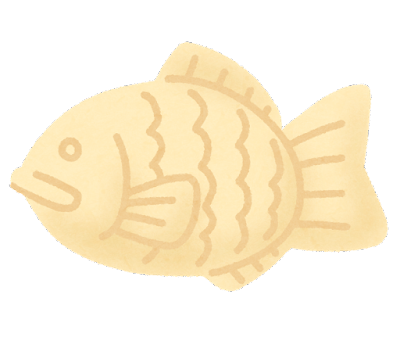Hello! Nice to meet you, everyone! It is a blog How Unique Japan.
This time, I will introduce a traditional Japanese sweet, Tai-yaki! Tai is Sea bream, and yaki means Burned. So, as the name says, that sweet is shaped like the Sea bream. But it is not made by row fish. It is from the Flour and Red sweetened beans (Azuki). But why does it look like the fish?
The history
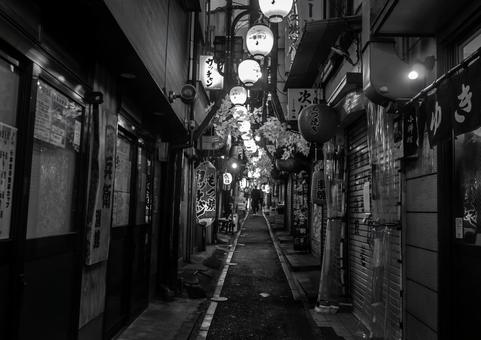
It is vague when it was born. But, by the historical record, it might have been created around the Meiji era (After the Edo era ended, such a new era started from 1868 to 1912).
At that time, a sweet maker was struggling to sell his product. His product was Imagawa-yaki. (The ingredients are almost the same). It has an around form like the big coin having the ingredient Red sweetened beans inside.
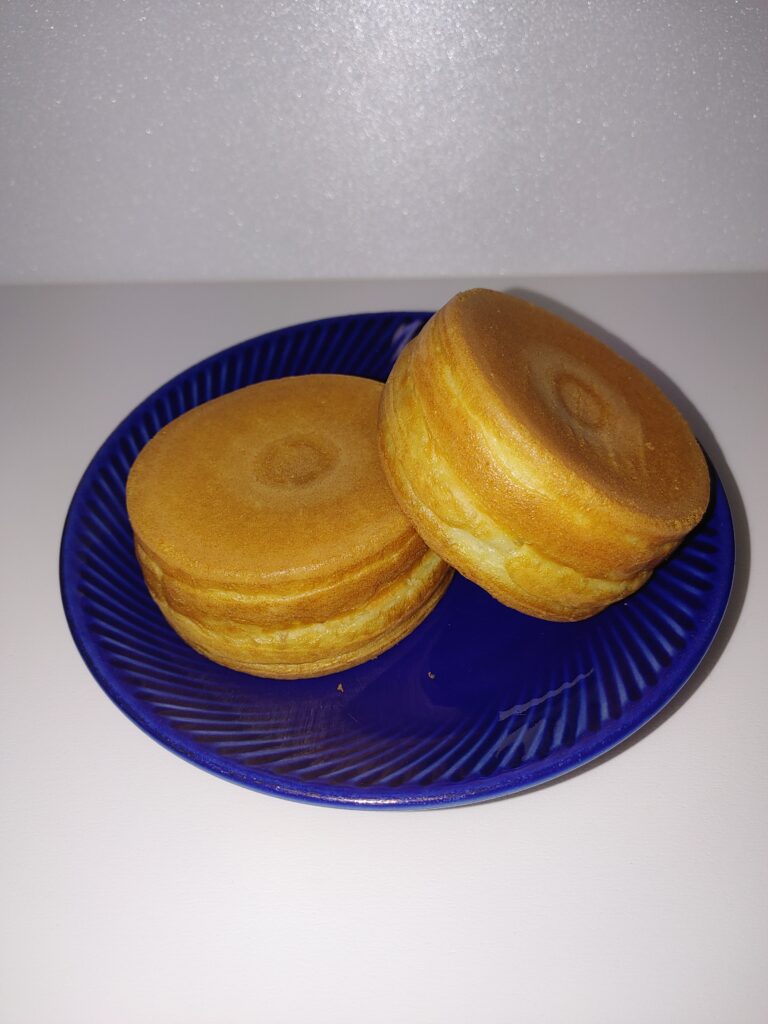
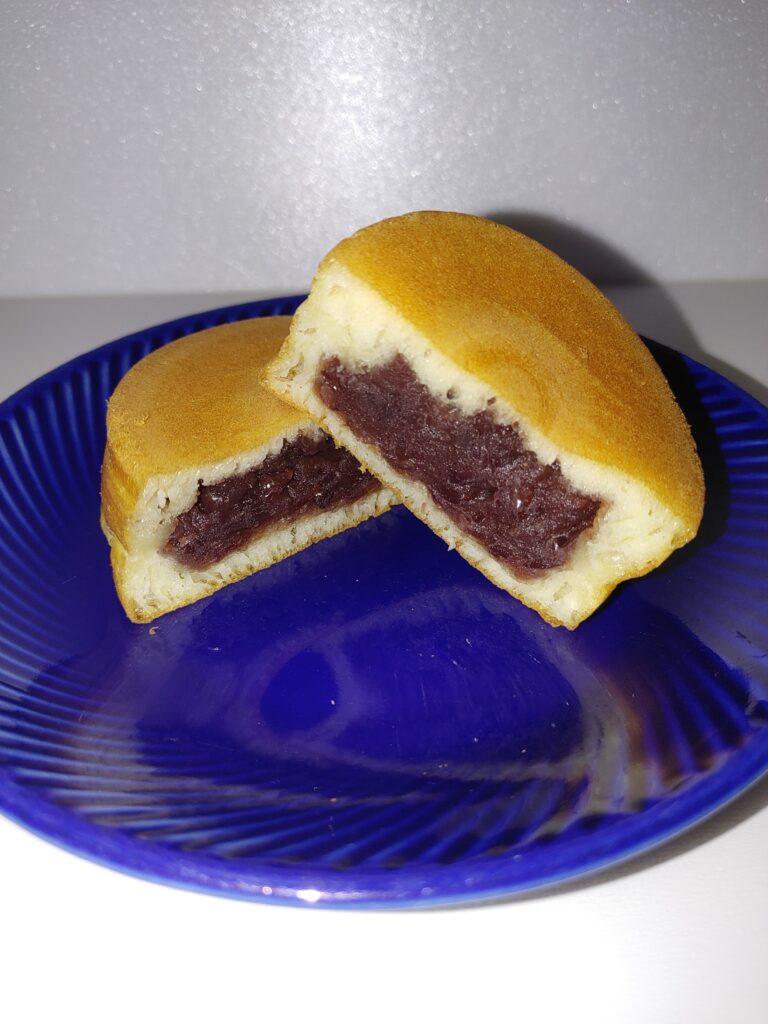
So, he considered how to get a better income. Then, he got the idea that it was the origin of the Taiyaki. He just changed the shape of the Imagawa-yaki into the fish, Tai (Sea bream).
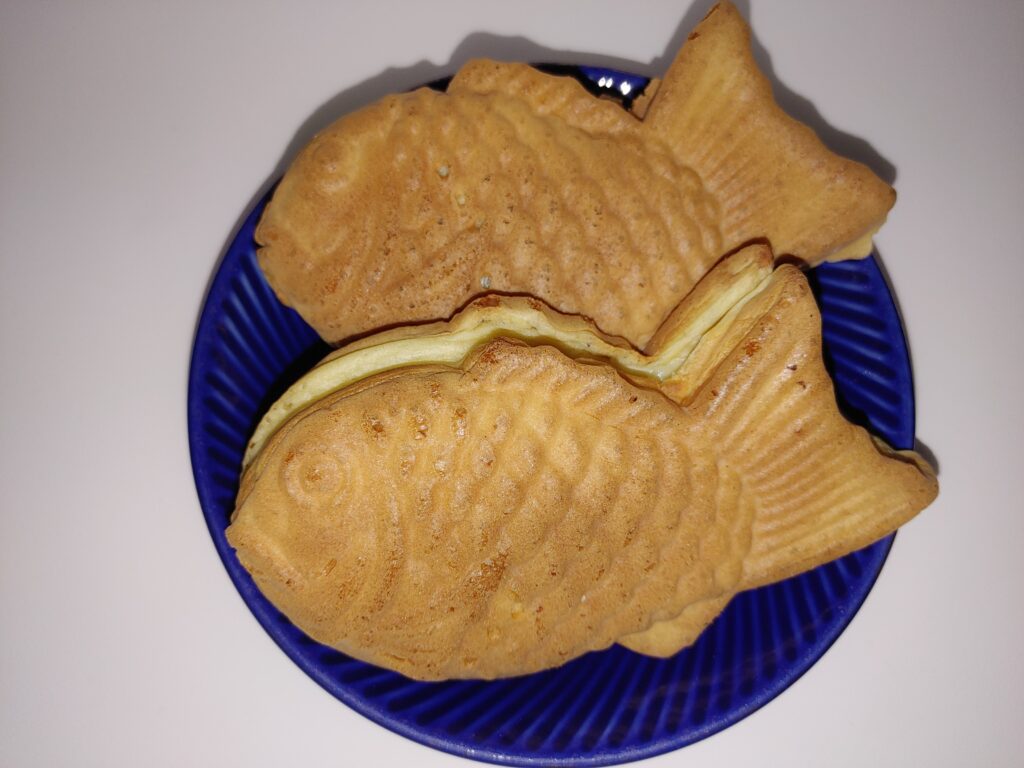
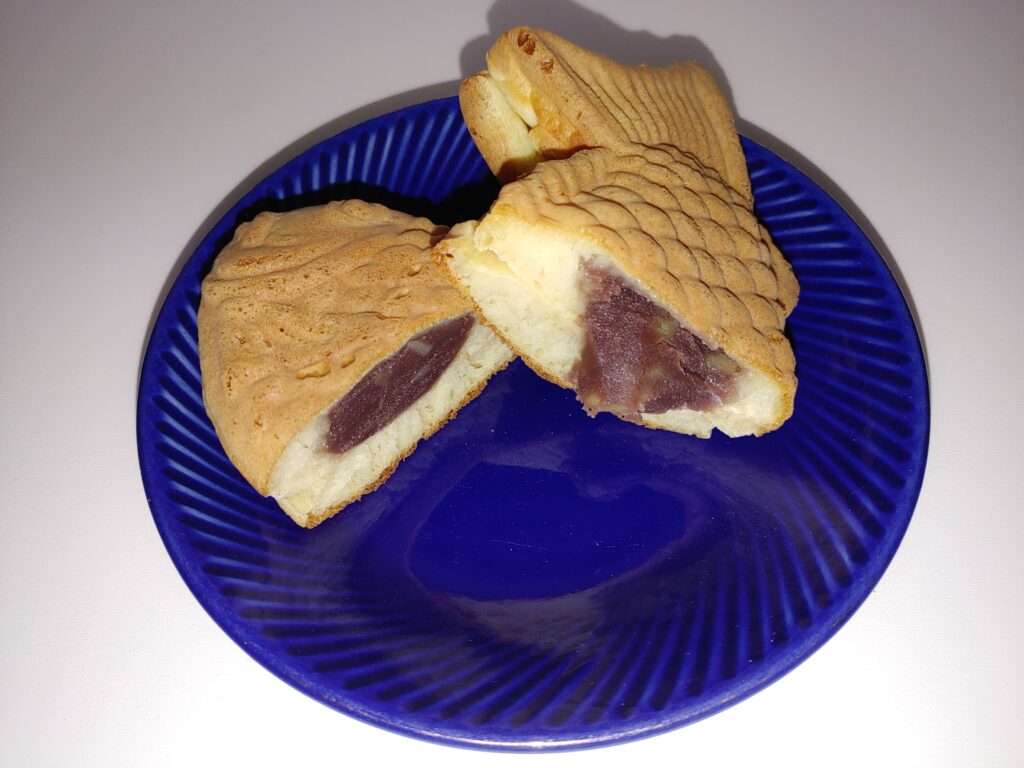
Why does it shape the fish?
In Japan, the fish means to celebrate/hooray your success! Because the Japanese would say Me De Ta I (please read them with Roman letters)! If such a good event happened.
Thus, the Japanese connected the end of the words, me de TA I to Tai (Sea bream). It is like a traditional joke.
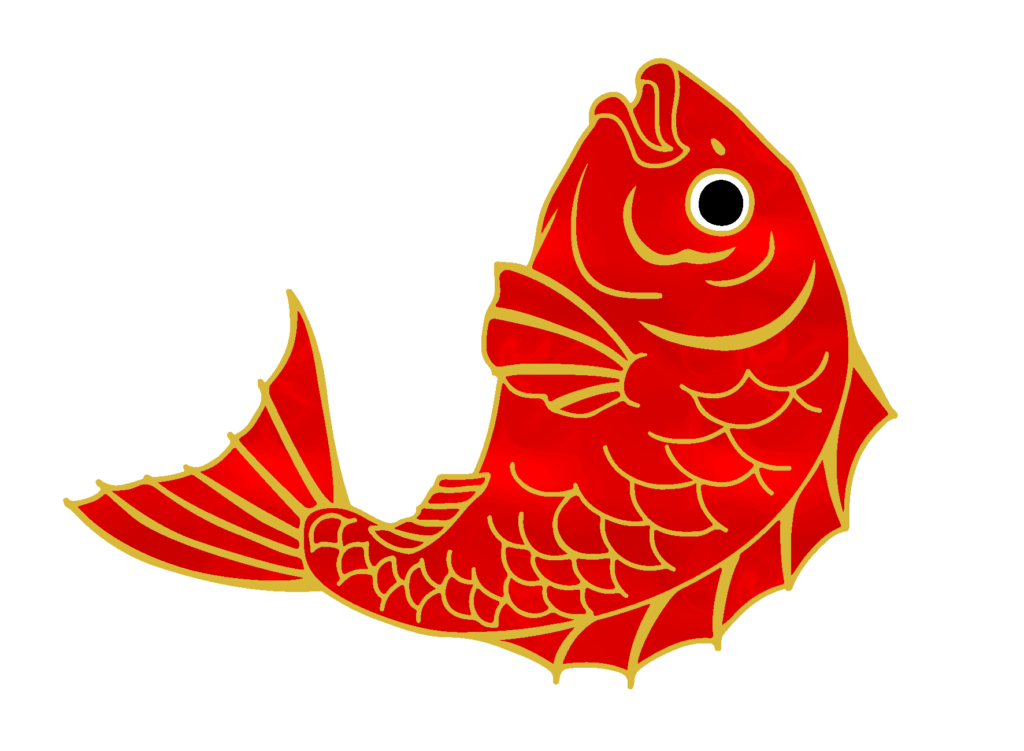
So, after his idea, that sweet quickly became popular. It is because much Japanese love to take any good charm (kind of amulets) for protection against bad luck. They might have thought, I like to eat them because I obtain good luck.
Latest Taiyaki style
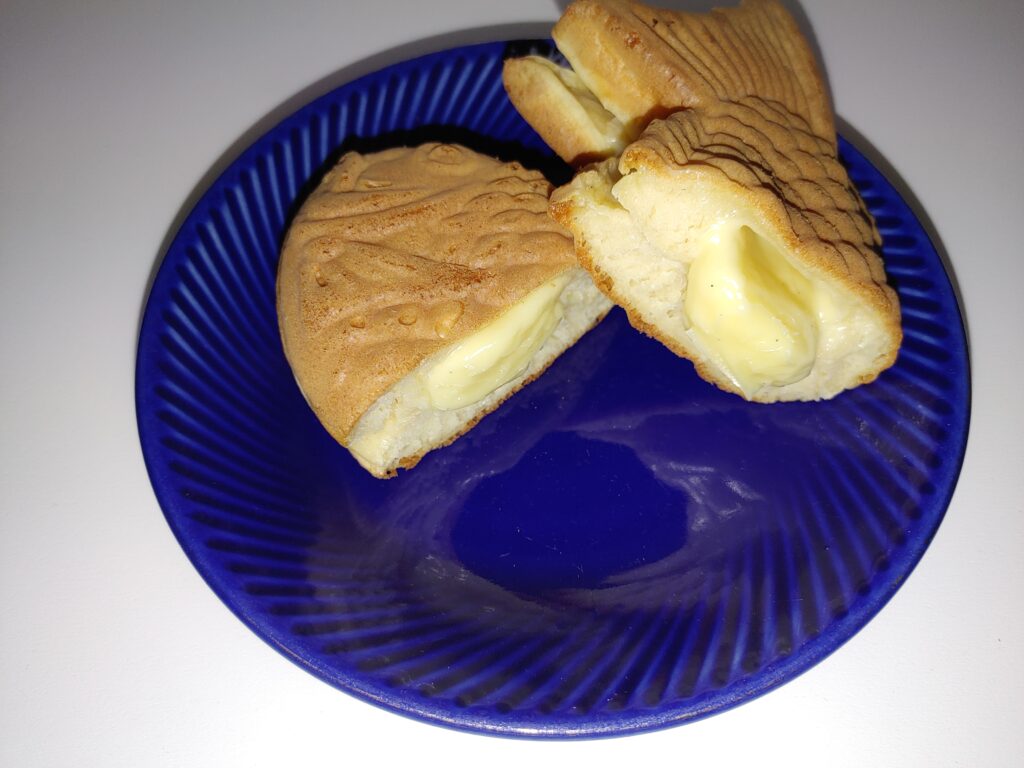
Since then, the Taiyaki has been everywhere in Japan. And there are many (X10) new kinds of it spread around. For example, the picture on the right side shows that it doesn’t have Azuki. Instead, that one has the Custard cream inside. They are easy for Japanese sweet makers to adjust and call it a new kind because they can change the ingredients inside.
To close
I couldn’t introduce all kinds because there are so many differences. At least, I could say that it is worth trying! Thank you so much for reading this article! If you want to read more about Japanese uniqueness, please follow my blog.
SEE YOU SOON for next upload.
